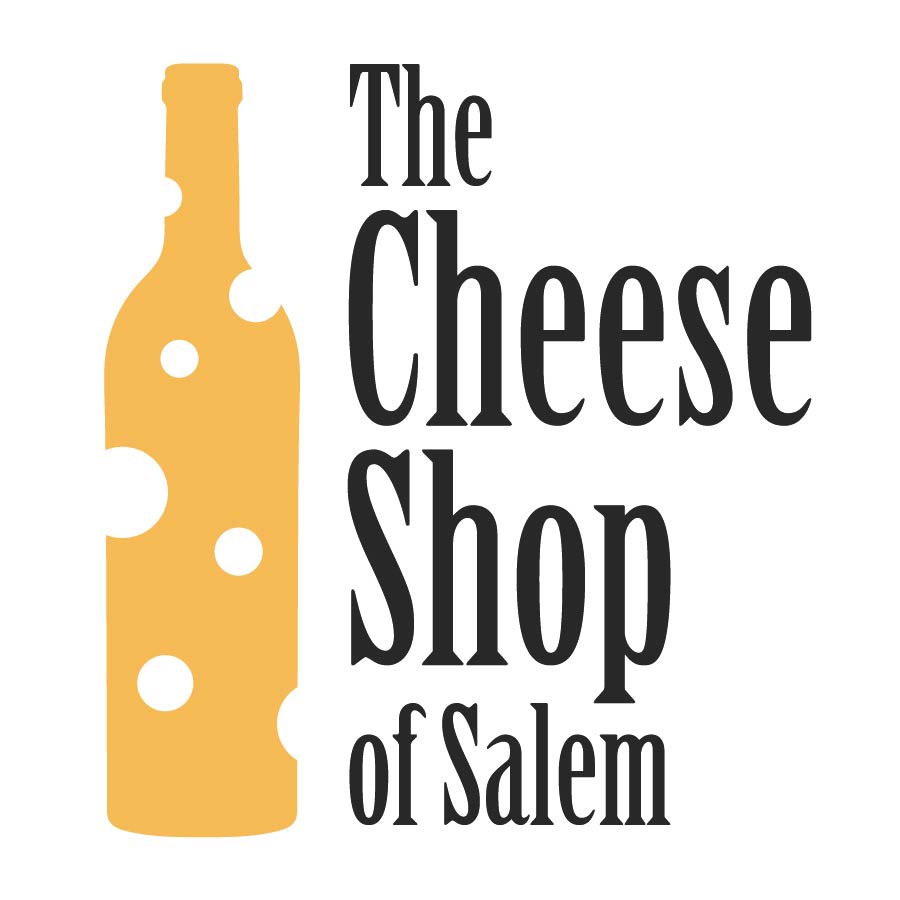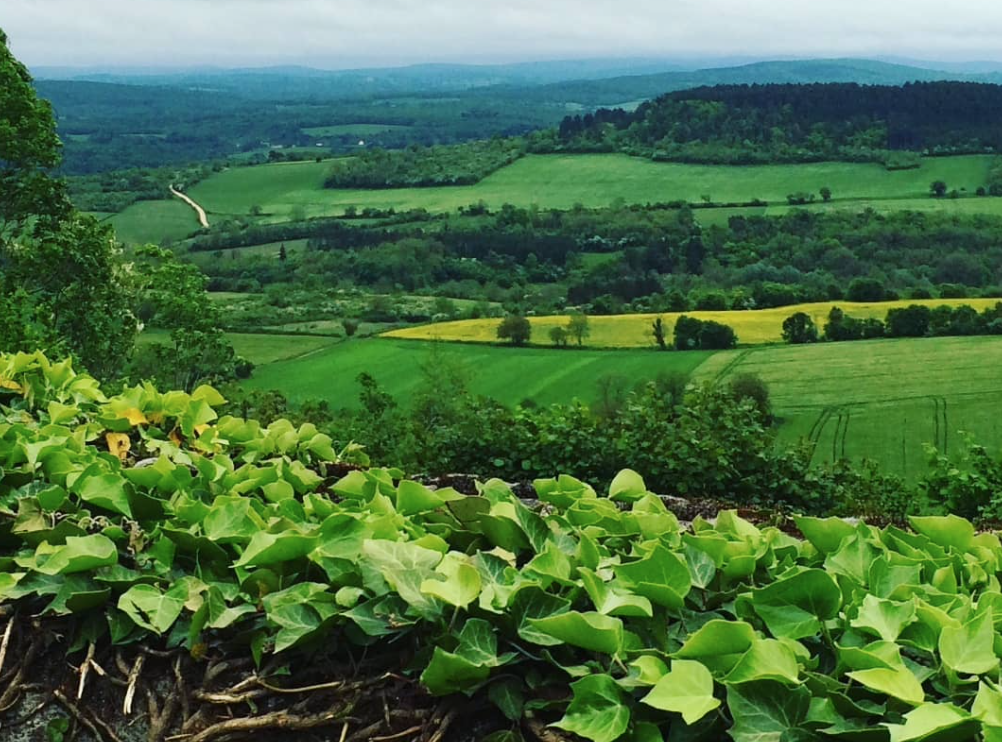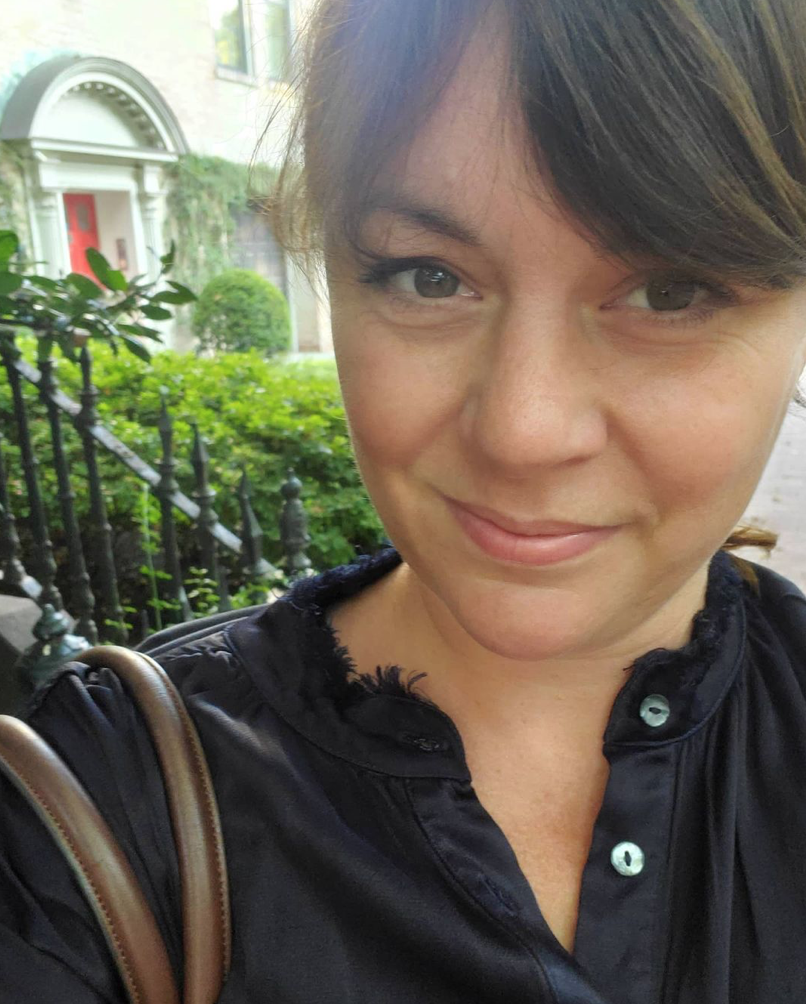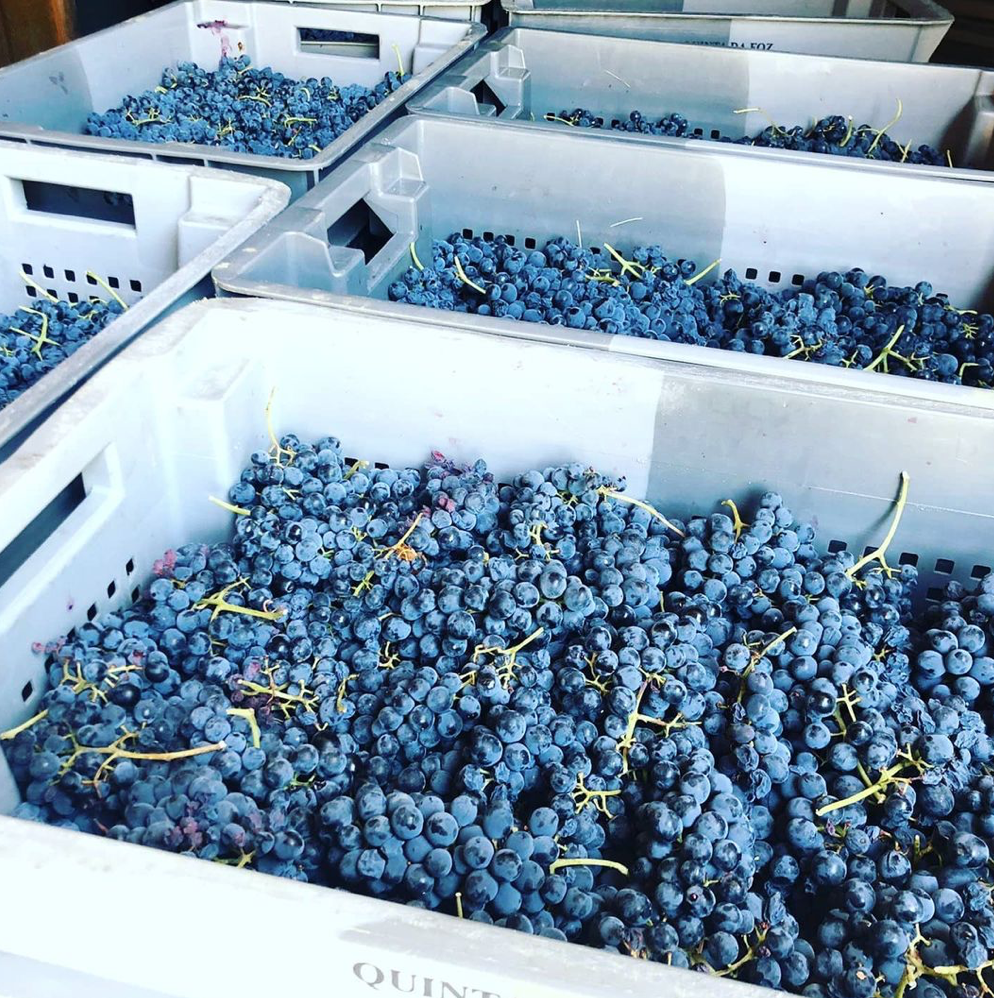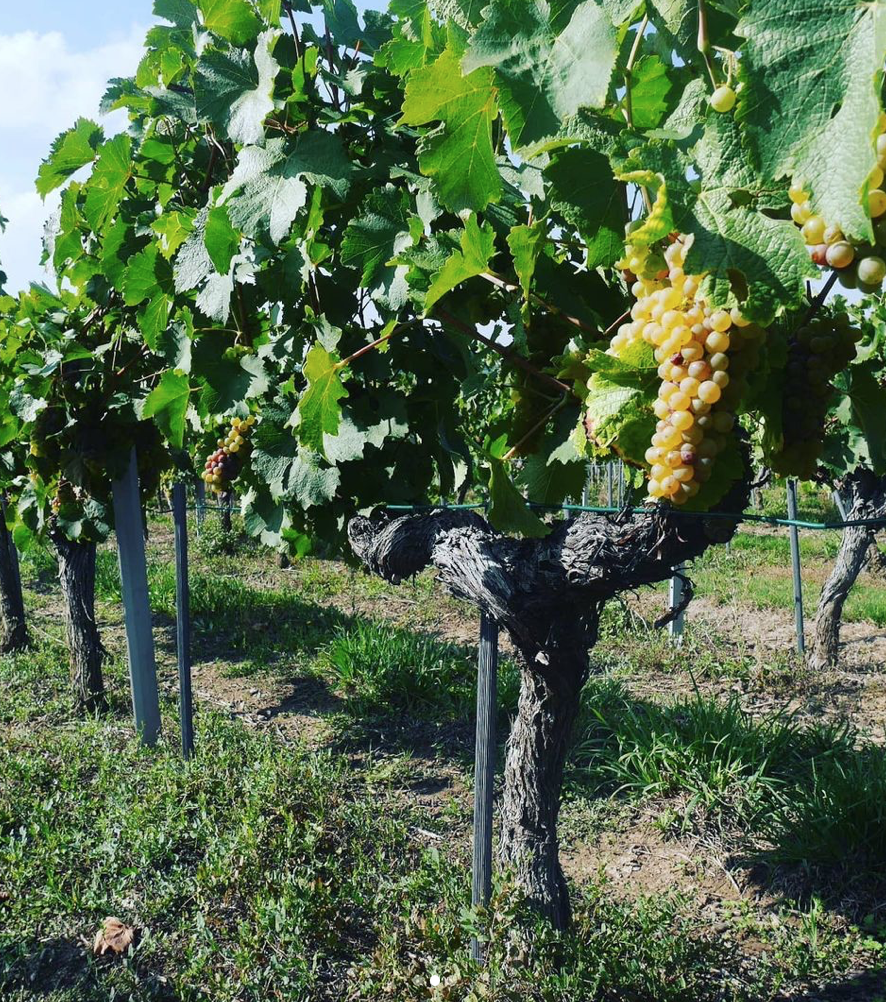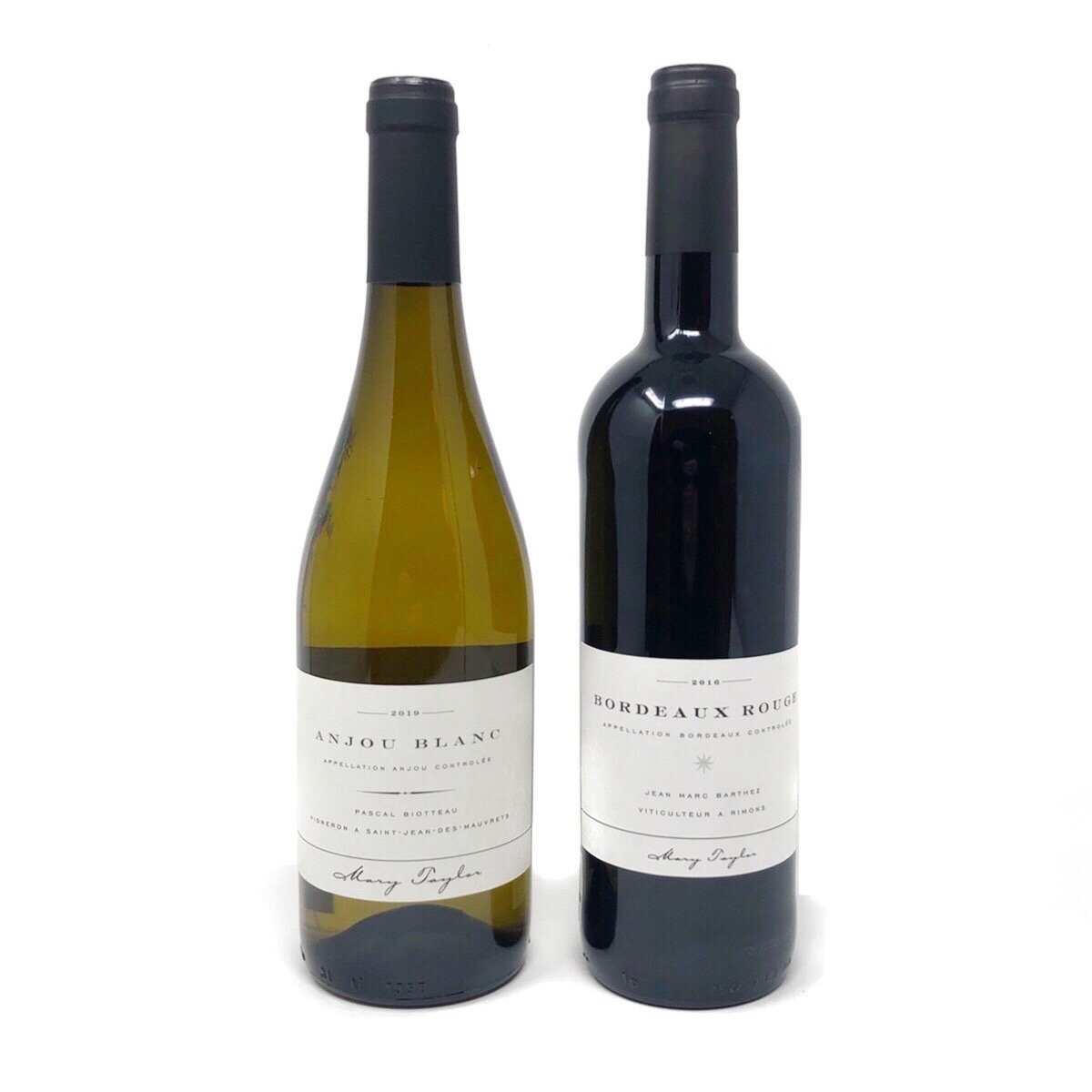Hail Mary Taylor!
There’s something about Mary (Taylor); Photo credit: https://mt.wine
Massachusetts native, Mary Taylor, began her own wine importing company with the intention of focusing on Old World wines. Mary seeks out small, organic or biodynamic producers to make wine under her label, and she also collaborates with two small cooperatives, one in Bordeaux and the other in Saint-Pourçain, France. She works with growers mostly in France, but also Sicily, the Dão and Douro in Portugal, and parts of Spain.
The simplicity of Mary Taylor’s labels mirrors the purity of her terroir-driven wine. The viewer’s eye is drawn to the place where the wine is from, like ‘Anjou’ or ‘Castilla y León,’ encouraging consumers to focus on place as much as on grape variety when considering a bottle. In the U.S., we sometimes zero in on grape variety as the primary indicator of a wine’s unique profile - for example, we might mistakenly assume that Cabernet Sauvignon tastes the same no matter where it’s grown. We might select or reject a bottle purely based on grape type, without considering how much delightful variation can be achieved depending on where and how the grapes were grown. Mary highlights ‘taste of place,’ reminding us that it’s the combination of grape and terroir that makes wine fascinating and delicious.
One reason why we may not think of wine with a terroir focus as Europeans do, is because the U.S. wine industry established its first AVAs (American Viticulture Areas) more recently in the 1970s. AVAs, or appellations of origin are important because they showcase complexities and nuances of the grapes’ origin and terroir. For hundreds of years, Europeans have grown up drinking wine right from their backyards, and place dictates grape in Europe; in the U.S., with our younger wine history, and expansive territory, the average American wine consumer tends to think of grape before place.
2018 Mary Taylor, Jean Marc Barthez Bordeaux Rouge is a French Cabernet Sauvignon whose unique profile demonstrates the role of terroir in a wine’s character. Unlike a California Cab, which might be big and bold with notes of rich, ripe fruit, this wine is bursting with acidity, pepper, and aromas of pencil shavings - notes derived specifically from the clay and alluvial sandy soils that the Cabernet grapes grow in atop Monségur, an ancient Bordeaux village.
2020 Mary Taylor, Olivier Gessler Côtes de Gascogne is a white blend made by Olivier Gessler in southern France. The red clay terroir shines through this wine with layers of aromatics like terracotta, tart lemons and butter.
2019 Mary Taylor, Pedro Gonzalez Castilla y León is a fresh red wine from Spanish winemaker Pedro Gonzalez. who practices an extremely difficult pruning method called rastra, which consists of obtaining the stems from the head of the vine by kneeling down because the vines grow so low to the earth. Through this rare pruning system, the stems, leaves, and grape clusters spread over the soil, which help keep the pebbly and gravelly soil warm. This ultimately aids in the ripening of the grapes on the vine.
2020 Mary Taylor, Pascal Biotteau Anjou Blanc from winemaker Pascal Biotteau is made from 25-year-old Chenin Blanc vines grown atop slate, sandstone, and carboniferous schist soils, which impart a zingy minerality followed by flavors of white peach.
Grapes, earth, and wine … they’re all connected! Shop Mary Taylor wines and celebrate the taste of place!

